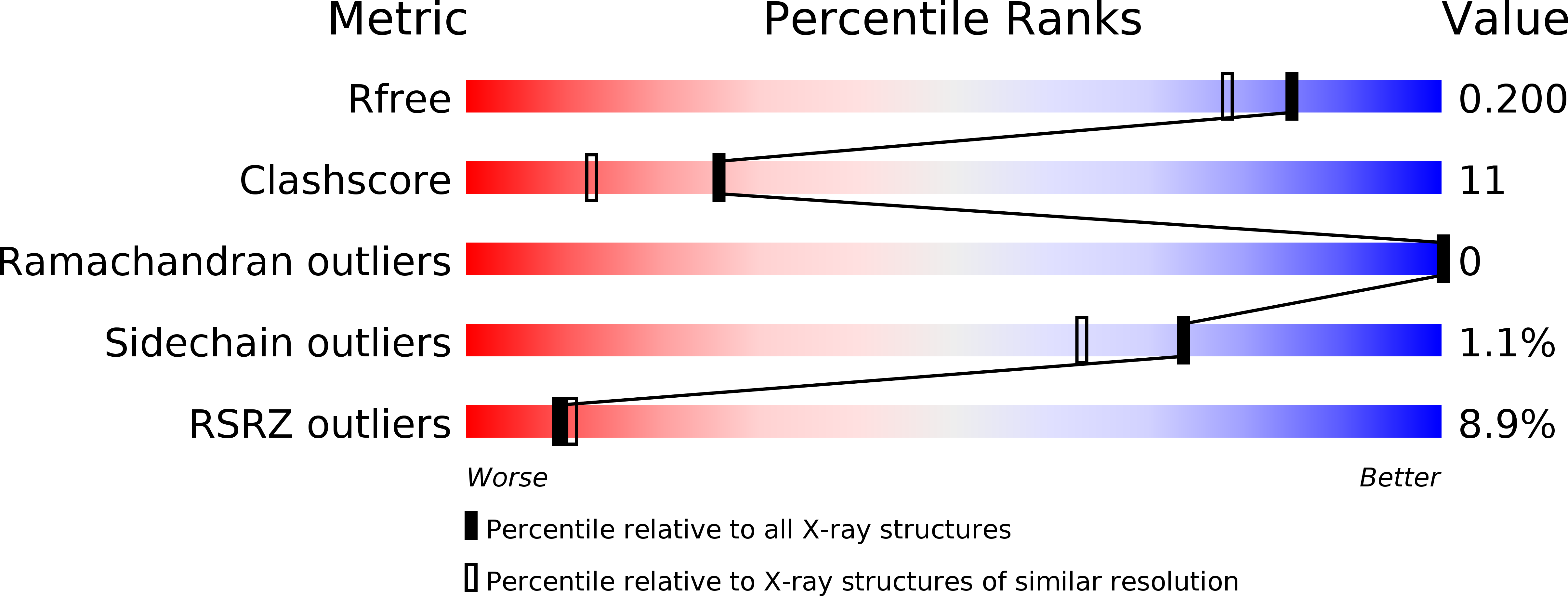
Deposition Date
2013-10-10
Release Date
2013-11-20
Last Version Date
2024-11-27
Entry Detail
PDB ID:
4N5T
Keywords:
Title:
The 1.7A Crystal Structure of MDMX with a Stapled Peptide, ATSP-7041
Biological Source:
Source Organism:
Danio rerio (Taxon ID: 7955)
synthetic construct (Taxon ID: 32630)
synthetic construct (Taxon ID: 32630)
Host Organism:
Method Details:
Experimental Method:
Resolution:
1.70 Å
R-Value Free:
0.22
R-Value Work:
0.20
R-Value Observed:
0.21
Space Group:
C 2 2 21


